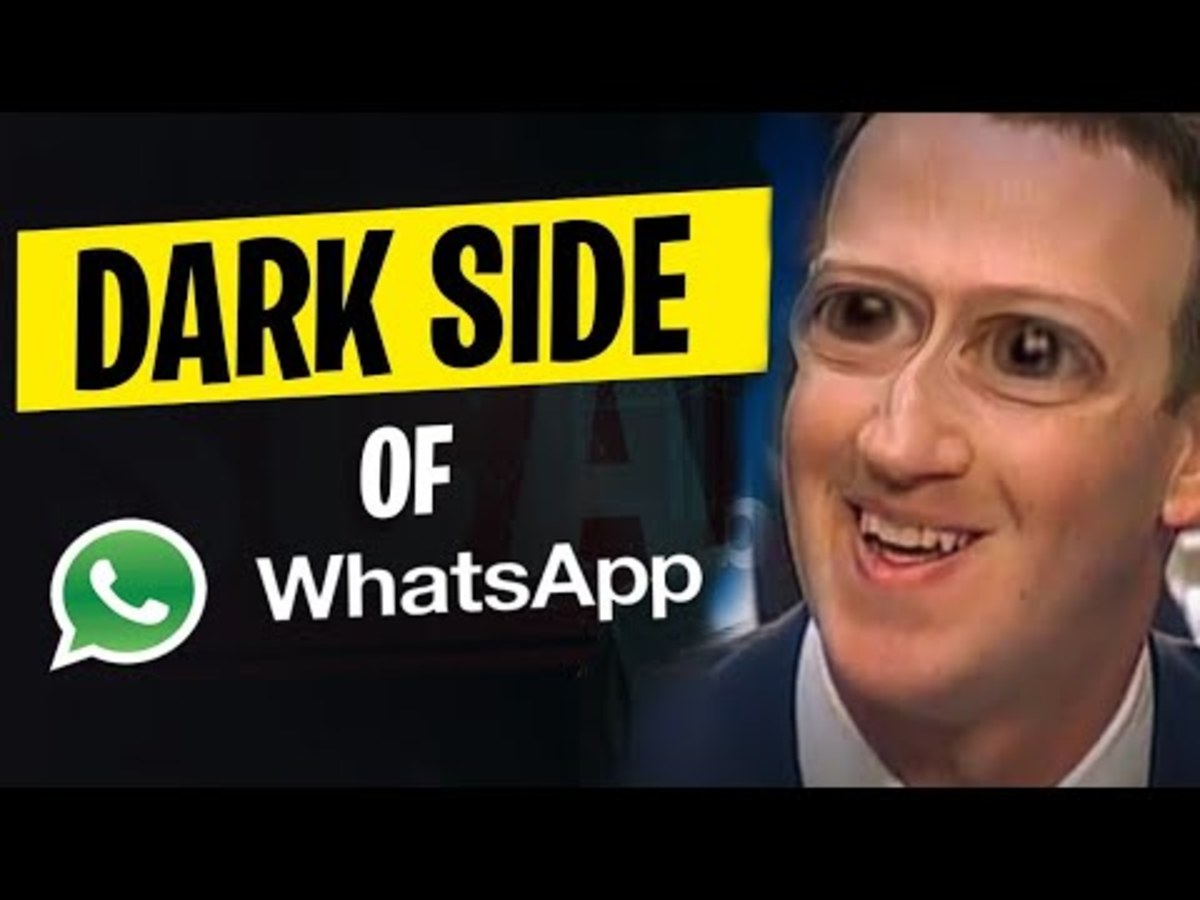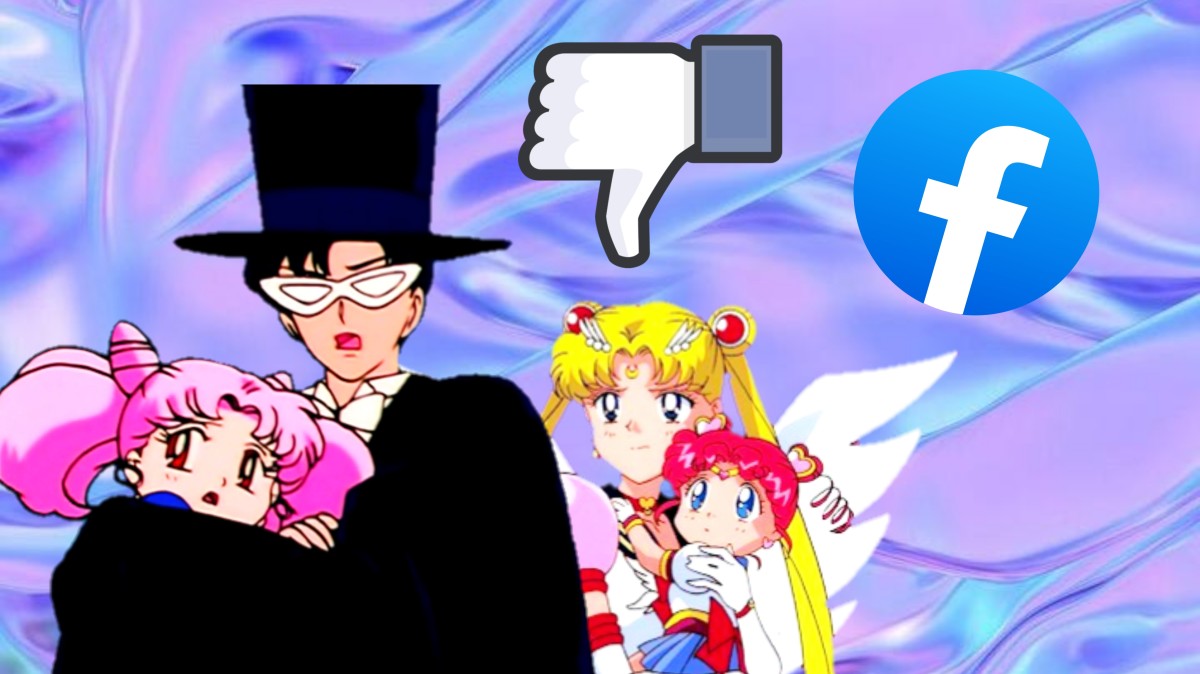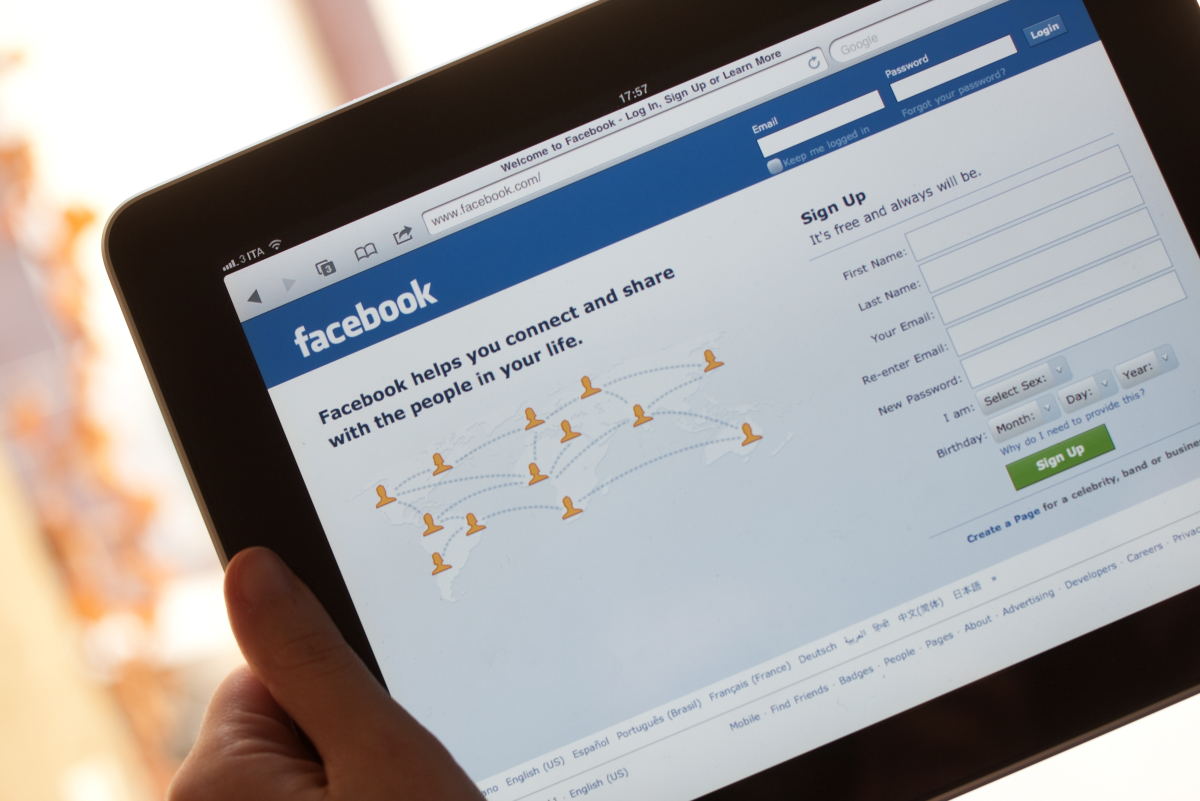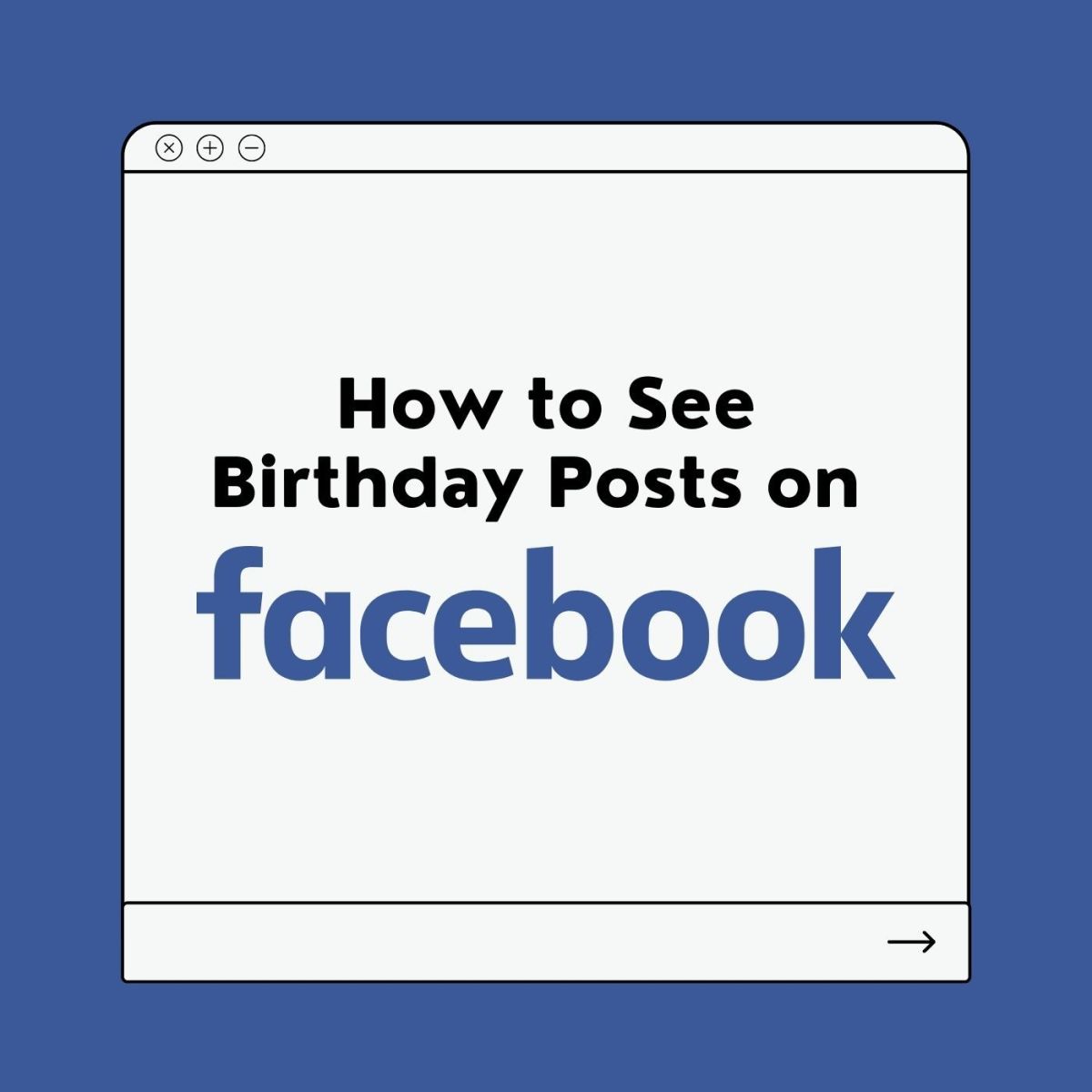- HubPages»
- Technology»
- Internet & the Web»
- Social Networking
The Facebook News Feed Controversy of 2006
On September 5, 2006, millions of Facebookers across the world awoke, unaware that their favorite social-networking site had drastically changed overnight. When they logged on, they were surprised to discover News Feed on Facebook’s homepage. The new feature displayed all recent activity of a user’s network of friends. Suddenly, a user could see that Justin joined the group “Banana Runts: Worst Candy Ever,” Andrea posted on Sam’s wall, and Drew changed his relationship status to “single.”
Mark Zuckerberg, co-founder and CEO of Facebook, explained his rationale for introducing News Feed. Before, users had to make a conscious effort to search for new information on their friends’ profiles. With an average of 200 friends (and in some cases many more), a typical Facebooker wouldn’t be able to keep up with all his friends. “It was very primitive,” said Zuckerberg, who wanted to modernize the site and give users instant access to any new, interesting, or juicy detail posted (qtd. in Thompson). Facebookers should be happy to have Facebook made easier and more accessible—thus, more convenient.
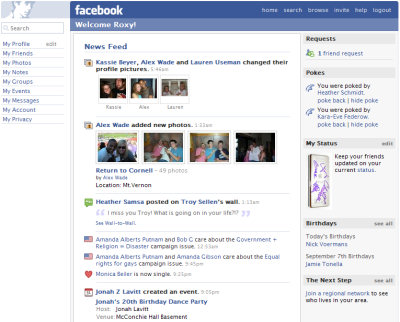
Unexpected reaction
The reaction to News Feed was not as Zuckerberg expected. Users panicked, realizing that their every utterance, change in relationship status, and embarrassing party picture was suddenly broadcast to hundreds of people. Facebook before News Feed had “an inherent, built-in level of privacy” because users had to actively search for friends’ new updates. That luxury was erased with News Feed, giving users the feeling of “being at a giant, open party filled with everyone you know, able to eavesdrop on what everyone else was saying, all the time” (Thompson).
Panic quickly turned to anger, with people making references to Big Brother and complaining about Facebook-stalking made easier. Ben Parr, a junior at Northwestern University, created one of the Facebook groups protesting News Feed—“Students Against Facebook News Feed” and “I Hate the New Facebook Format,” for example. What Parr particularly wanted was Zuckerberg to give users the ability to opt out of the new feature and keep their information private. His group grew from 10,000 members the first day to 284,000 the next (Thompson). T. Schmidt in Times magazine called it Generation Y’s “first official revolution” (qtd. in Hoadley et al. 50).
Why the vehement outrage over News Feed? It seems ironic that Facebookers would object to information that they freely posted being shared with all their friends. Nothing that appeared on News Feed wasn’t already available to the same audience on individual users’ profiles—so why the outcry?
Privacy concerns
Ultimately, Facebookers reacted to the change in format for information-sharing and the perceived loss of privacy control. What users previously had to search for and pull up was now being pushed at them. According to a study by Christopher M. Hoadley, Heng Xu, Joey J. Lee, and Mary Beth Rosson, Facebookers are overwhelmingly truthful about their personal information but are still selective about what to share (53–54).
While the information on News Feed was no different from what was available before, just more easily accessible—people still reported feeling “less comfortable sharing the same information than I did before” (55). Hoadley et al. believed that “the old and new interfaces offer different levels of perceived control over personal information” (55). As one of their respondents put it: “[News Feed] seems to reveal a bit too much about other people’s lives. It almost makes it too easy to ‘spy’ on people and what they’re doing” (qtd. in Hoadley et al. 55).
Zuckerberg was surprised by the News Feed backlash, but he took immediate steps to placate his Facebookers, spending two days creating code for new privacy control options. He made a formal apology to his users, noting that: “In general the more control you can give people the better. If you give people control over everything they do, you’ll never put them in a situation that’s uncomfortable” (qtd. in Hoadley et al. 55). One Facebook user who responded to my survey, a 28-year-old man, echoed Zuckerberg’s opinion: “The Internet and privacy is always a concern. The more control I have over my data and its use, the happier I will be.”
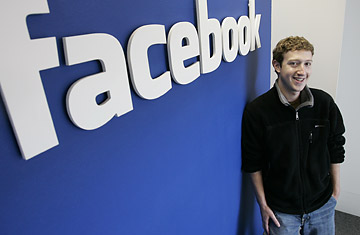
The next logical step
At the same time, Zuckerberg decided not to take down News Feed, believing that once people adjusted to it they would appreciate it. He was correct. Few people made good on their threats to quit Facebook. On the contrary, within days they were thanking Zuckerberg in e-mails for letting them discover more about their friends. Trends and movements spread more quickly—a user could more easily share her love for a new TV show or her desire to volunteer, and like-minded friends could join her groups.
Thompson noted that “Users’ worries about their privacy seemed to vanish within days, boiled away by their excitement at being so much more connected to their friends.” Once people got a taste of “omnipresent knowledge”—“constant, up-to-the-minute updates on what other people are doing” (a sort of foreshadowing of Twitter)—they were hooked, even addicted. News Feed ended up revitalizing Facebook, leading to a massive boom in use when Zuckerberg opened the site to the general public a few weeks later. Zuckerberg was right to see News Feed as the next logical step for Facebook, given the site’s purpose is to share information and communicate in a quick, convenient fashion (Thompson).
What's happened to Facebook?
Another factor of the News Feed outcry may be even simpler: a stubborn mistrust of change. “I don’t like change,” a 22-year-old female user said bluntly. Common complaints were that Facebook updates and changes in design and function were annoying and frustrating. Several of my survey respondents dislike having to “relearn where everything is” when the layout changes. Besides their discomfort with adjusting to a new Facebook look, many worry that their privacy settings will be altered by the changes without their knowledge.
Of course, not everyone is as concerned about these issues. A 19-year-old woman admitted indifference: “They [Facebook] let us all use it for free, they can do what they like.” A 26-year-old man elaborated on the subject: “I think the people who get all pissy about layout settings just need something to do. It’s always the same people, and they always want to go back to the ‘old’ Facebook, which is usually the version they protested back when it was released (they never seem to want to go further than that.”
There is indeed something of a recurring pattern: Facebook changes its layout, making pages more streamlined, less cluttered; people fuss over the new look and demand the old Facebook back; and after a few weeks users adjust and leave off their griping. Nevertheless, no matter how often users adjust to Facebook changes, their feeling that the site consistently disregards their opinions can gradually build up to a general sense of dissatisfaction.

Change is good...
Psychologists have studied the idea of competency and familiarity with communication technology, which may explain why users are often resistant to the unfamiliar. With enough time and experience, “individuals may eventually view communication technology as invisible; that is, they communicate without thinking about how they are communicating” (Ross et al. 579). For instance, no one reflects much on the marvels of the telephone—it has been fully integrated into society as an appropriate communication device. But ask someone to use an unfamiliar mode of technology—for instance, texting or Facebook—and some adults may be more hesitant, focusing more on how to use the technology than what they’re trying to communicate.
Thus, even the young and computer savvy may balk at having to refamiliarize themselves with a new Facebook layout or application. Change is not only jarring; it calls attention to users’ incompetence with the new versus the old. Not surprisingly, the same research suggested that adolescents were very willing, perhaps more so than adults, to learn new forms of communication in order to contact friends outside of school (Ross et al. 580).
The News Feed controversy of 2006 died down in the end, and now users can't imagine Facebook without the convenient feature. But privacy and control concerns still persist. Whenever people post their lives for all to see, however, such worries will always be there. Poor judgment and lack of common sense, unfortunately, can lead to troubling consequences.
Works Cited
Hoadley, Christopher M., Heng Xu, Joey J. Lee, and Mary Beth Rosson. “Privacy as information access and illusory: The case of the Facebook News Feed privacy outcry.” Electronic Commerce Research and Applications 9 (2010): 50–60. ScienceDirect. Web. 15 Jan. 2010.
Ross, Craig, Emily S. Orr, Mia Sisic, Jaime M. Arseneault, Mary G. Simmering, and R. Robert Orr. “Personality and motivations associated with Facebook use.” Computers in Human Behavior 25 (2009): 578–586. ScienceDirect. Web. 11 Jan. 2010.
Thompson, Clive. “Brave New World of Digital Intimacy.” The New York Times 7 Sept. 2008. Nytimes.com. Web. 11 Jan. 2010.
More Facebook topics
- The Nature of Facebook Friendships
What is the difference between real-life, face-to-face friendships and Facebook friendships? Discover how social media has affected the way we communicate and relate to our friends. - Teachers and Facebook: Know the Risks
Teachers have always been held to a higher standard of moral and professional conduct. Now several teachers are facing recriminations for what they post on Facebook and other websites outside the classroom, whether or not students have access. - Children on Facebook: The Dangers of Cyberbullying
Cyberbullying is a serious problem affecting teens across the country and gaining attention from parents and educators. With proper guidance and online monitoring, adults can safeguard their kids against online predators and bullies. - Facebook Religion: What do users say about their beliefs?
How much do Facebook users share about their religious beliefs and why? Facebookers discuss their reasons for disclosing personal information on their profiles.


